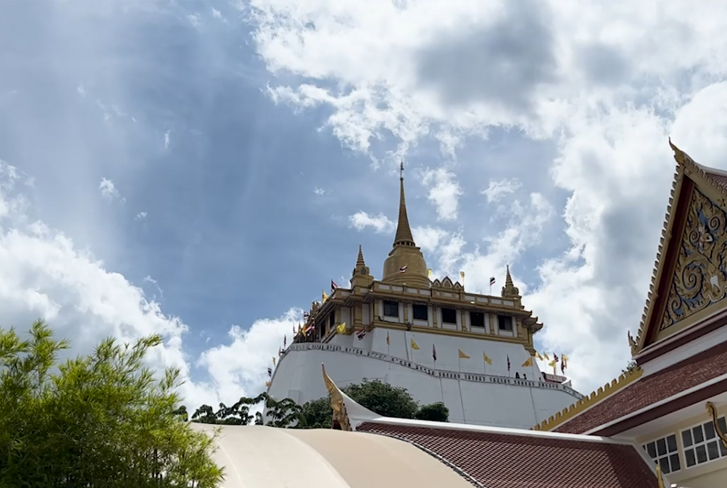Wat Saket, also known as the Golden Mountain or Wat Saket Ratcha Wora Maha Wihan, is a significant Buddhist temple located in Bangkok, Thailand. Rich in history and cultural importance, the temple attracts both locals and tourists alike.
Wat Saket’s history dates back to the Ayutthaya period (14th-18th centuries). Initially, it was constructed to house a large Buddha image, but due to its unstable ground, the temple was abandoned and later covered by the city’s expanding urbanization. In the early 19th century, King Rama I ordered its reconstruction, leading to the establishment of Wat Saket as a prominent religious site. The temple became a cremation ground during a cholera outbreak, and the ashes were enshrined within the temple’s chedi, giving it the name “Golden Mountain.”
Wat Saket hosts several annual festivals and ceremonies that offer a glimpse into Thai culture and religious practices. One of the most notable events is the “Golden Mountain Temple Fair” (งานนมัสการพระภูมิมหาราช) held around November. During this time, the temple comes alive with vibrant decorations, performances, and various stalls selling religious items and traditional Thai food.

